An interactive tool to explore the Sustainable Development Goals in Galápagos
40 targets from the UN Sustainable Development Goals were prioritised and adapted in participatory workshops in 2021, and the interactions between them were analysed. This network shows the results of those workshops and provides an interactive way to explore these priorities and their synergies.
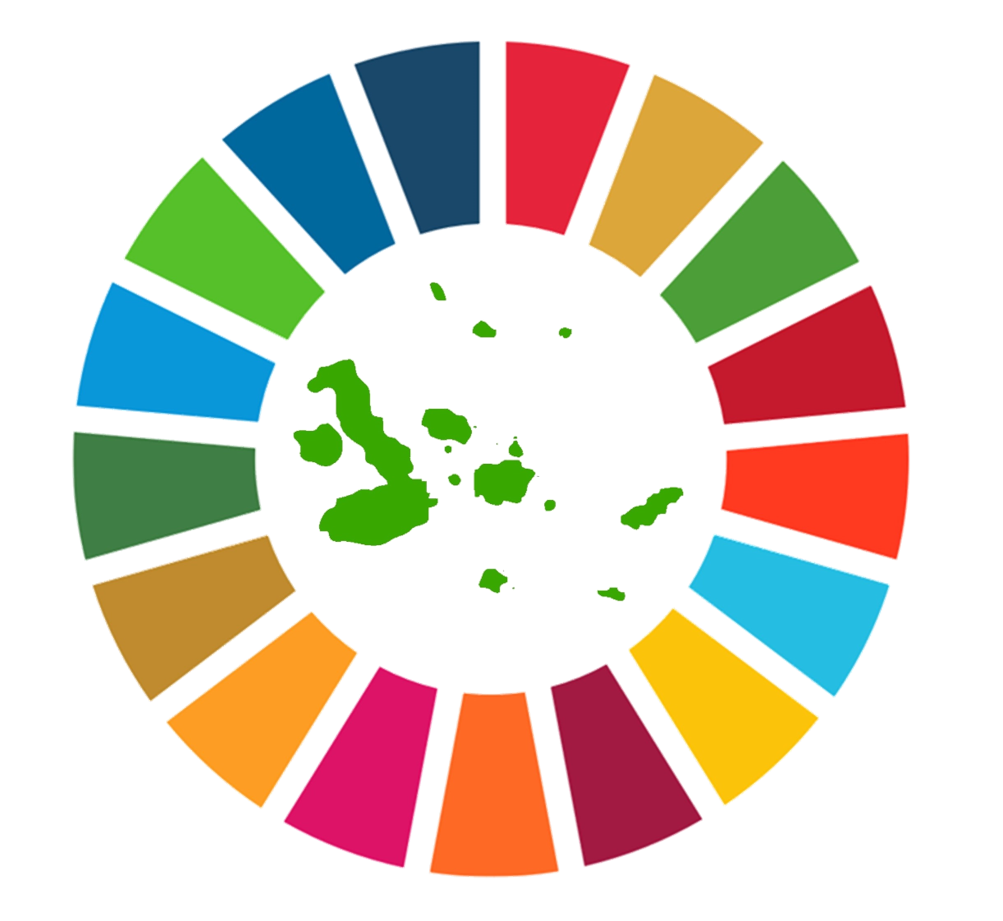
FILTER BY GOAL
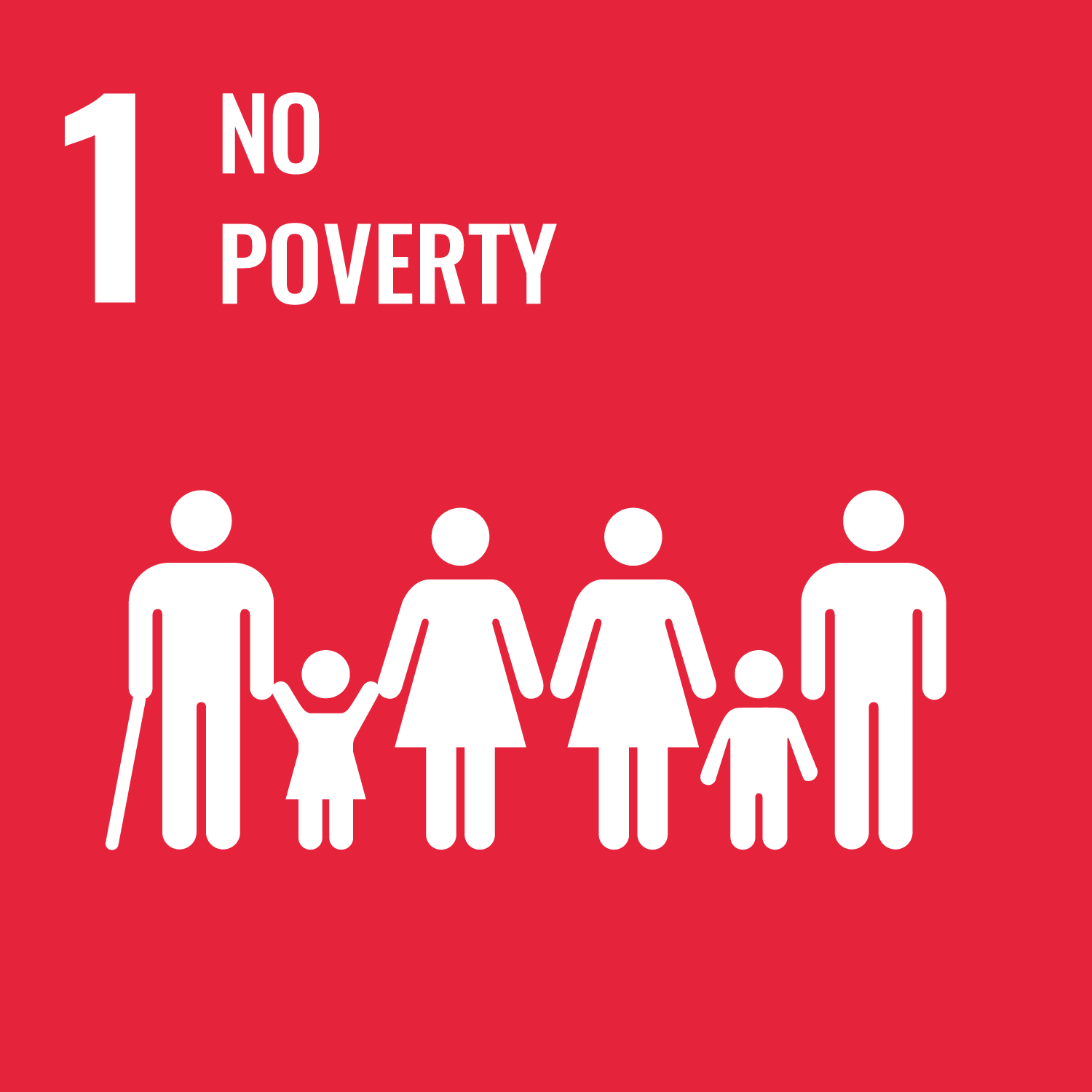

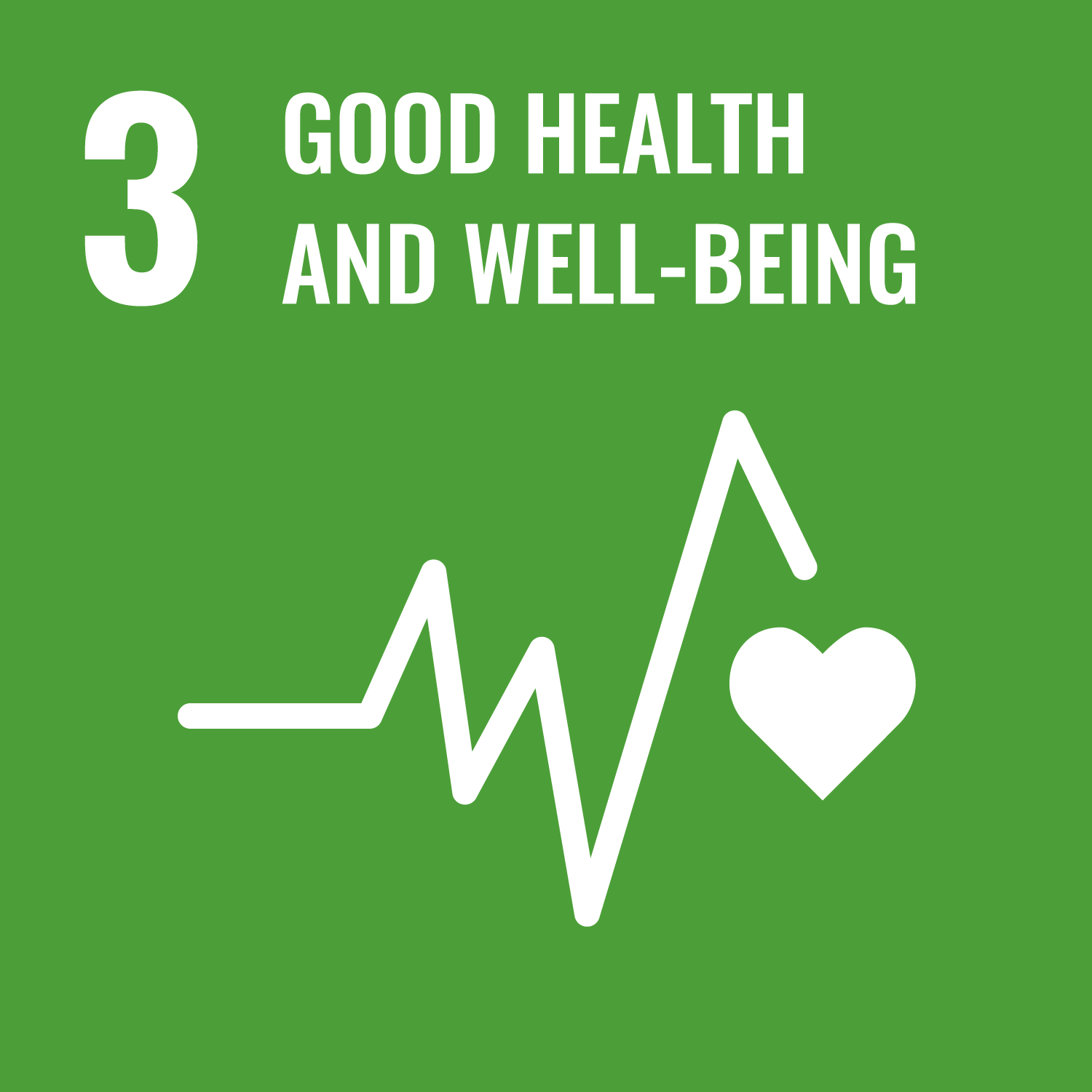
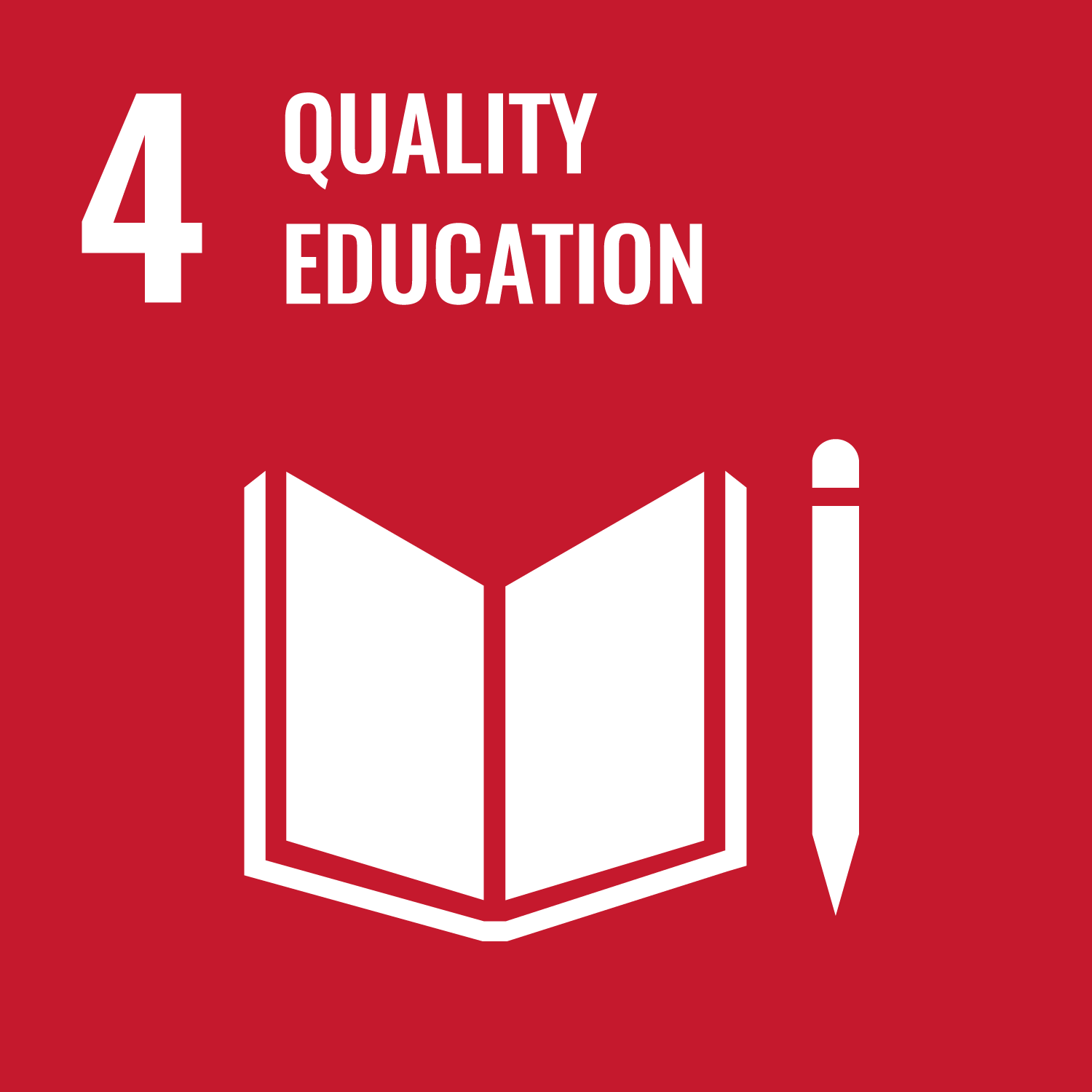
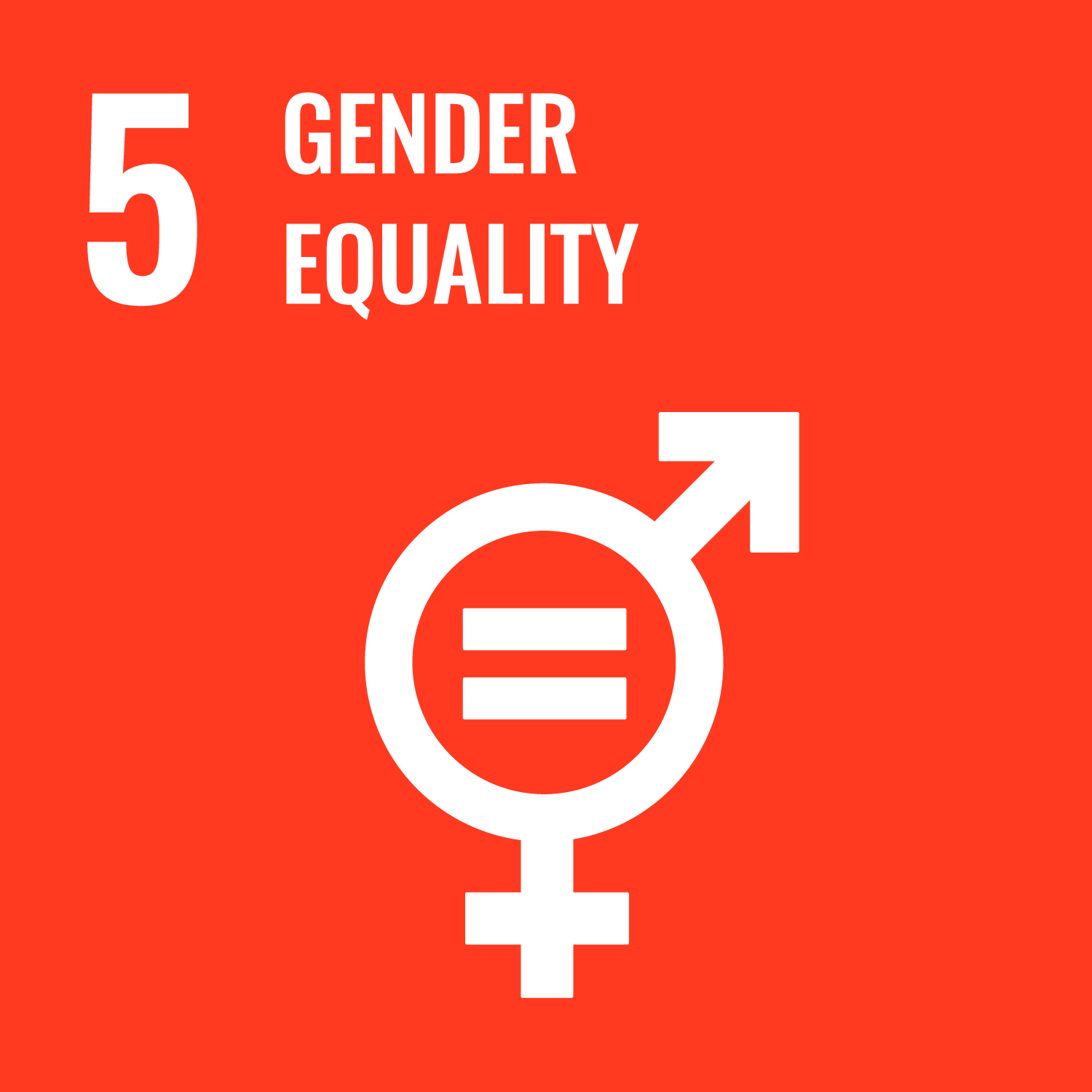
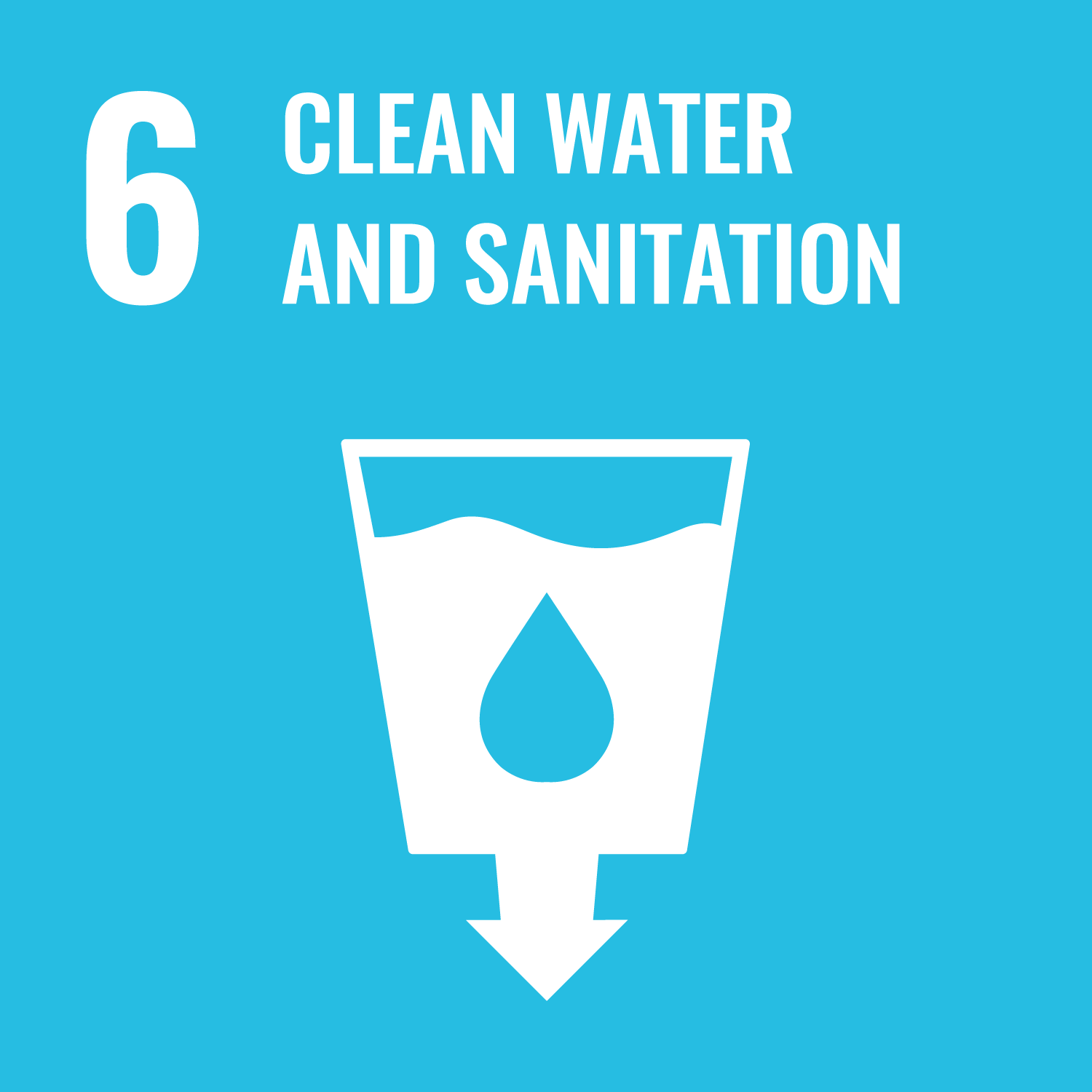

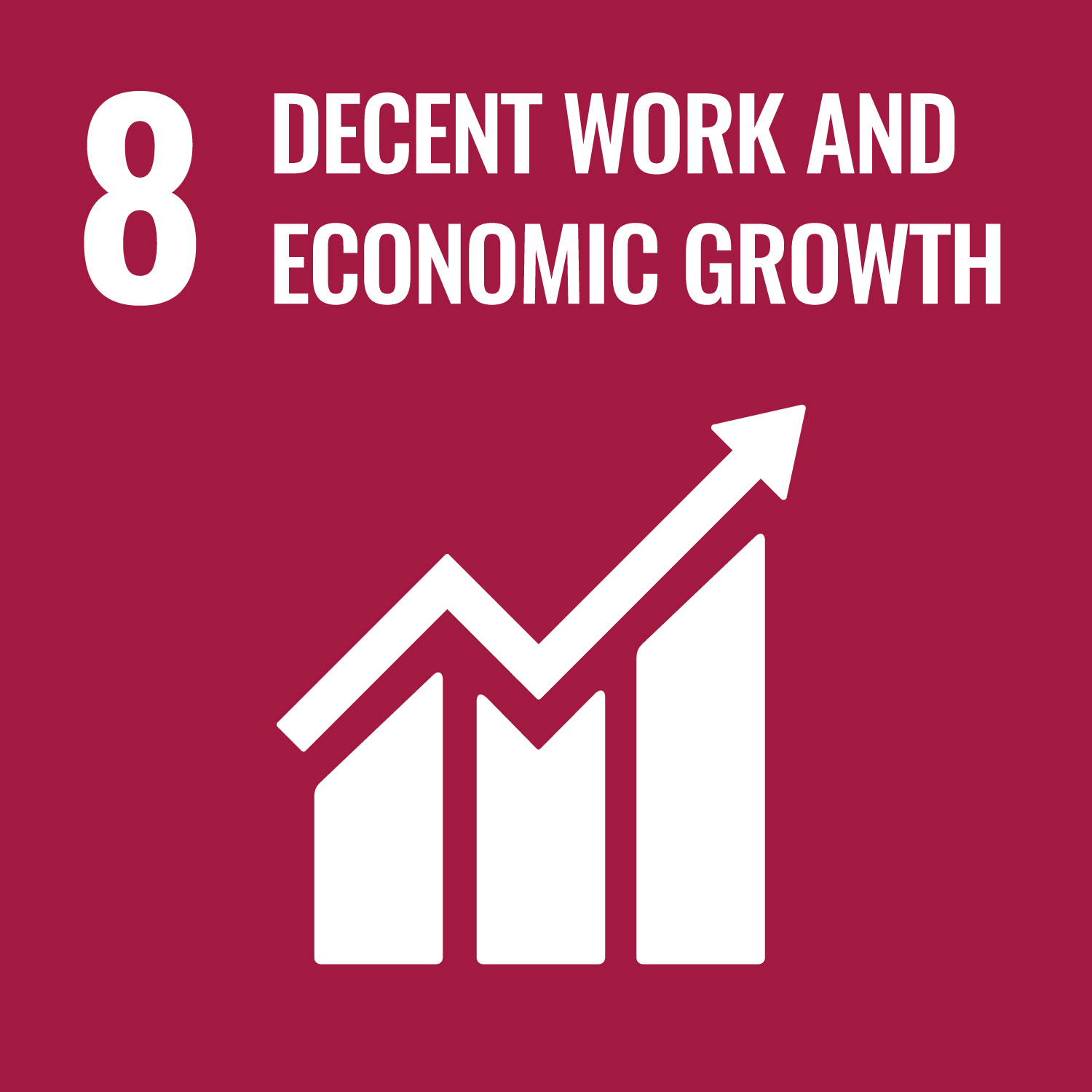
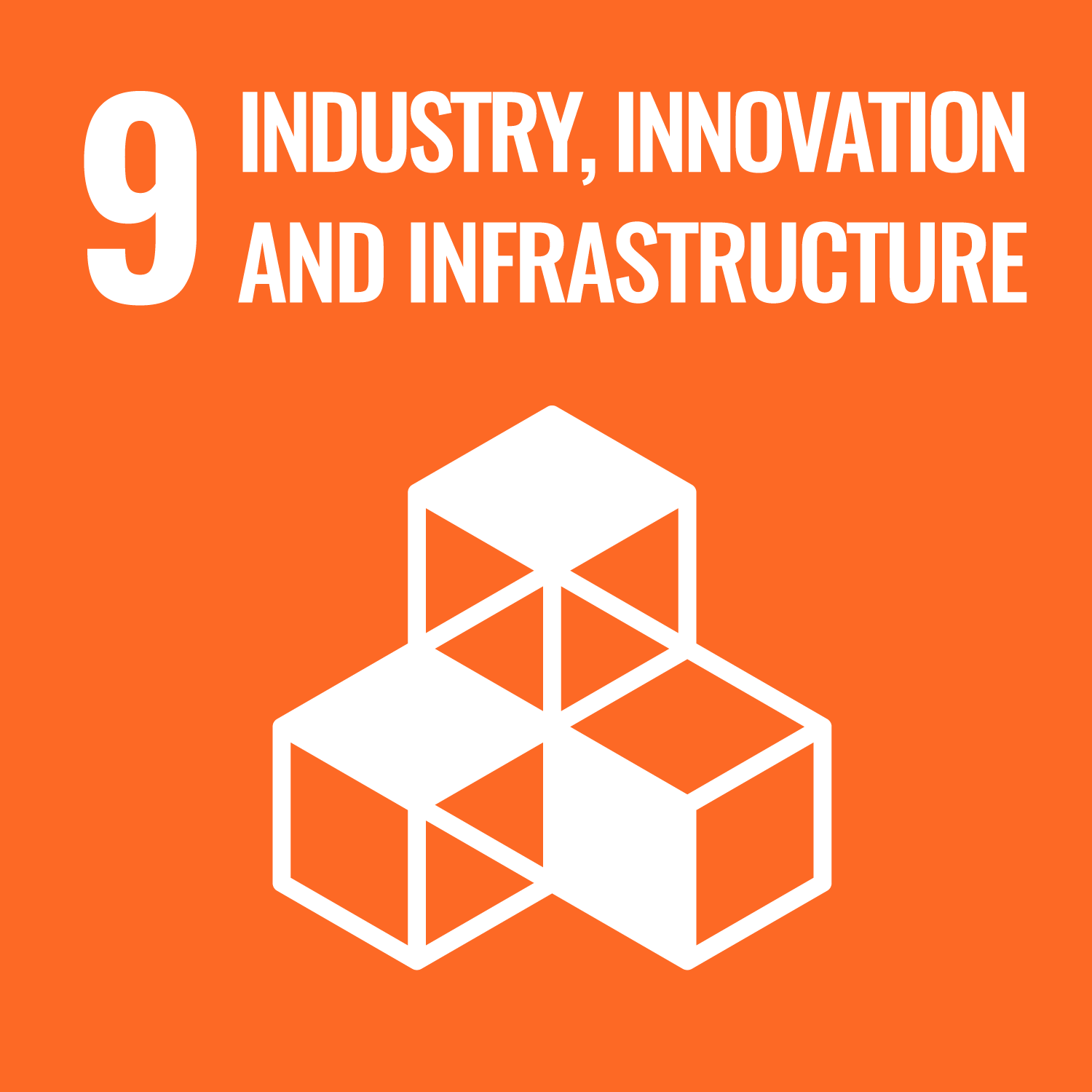
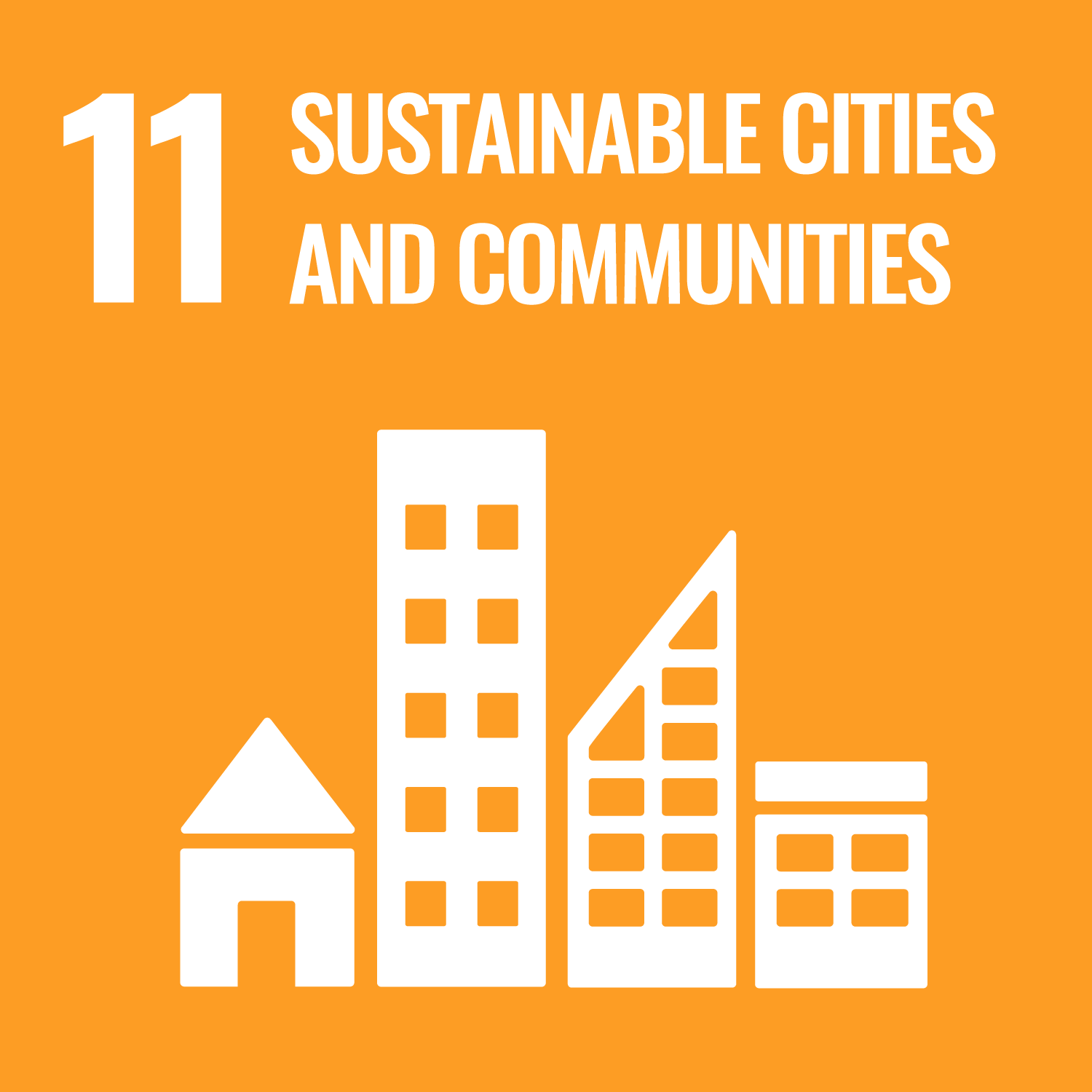
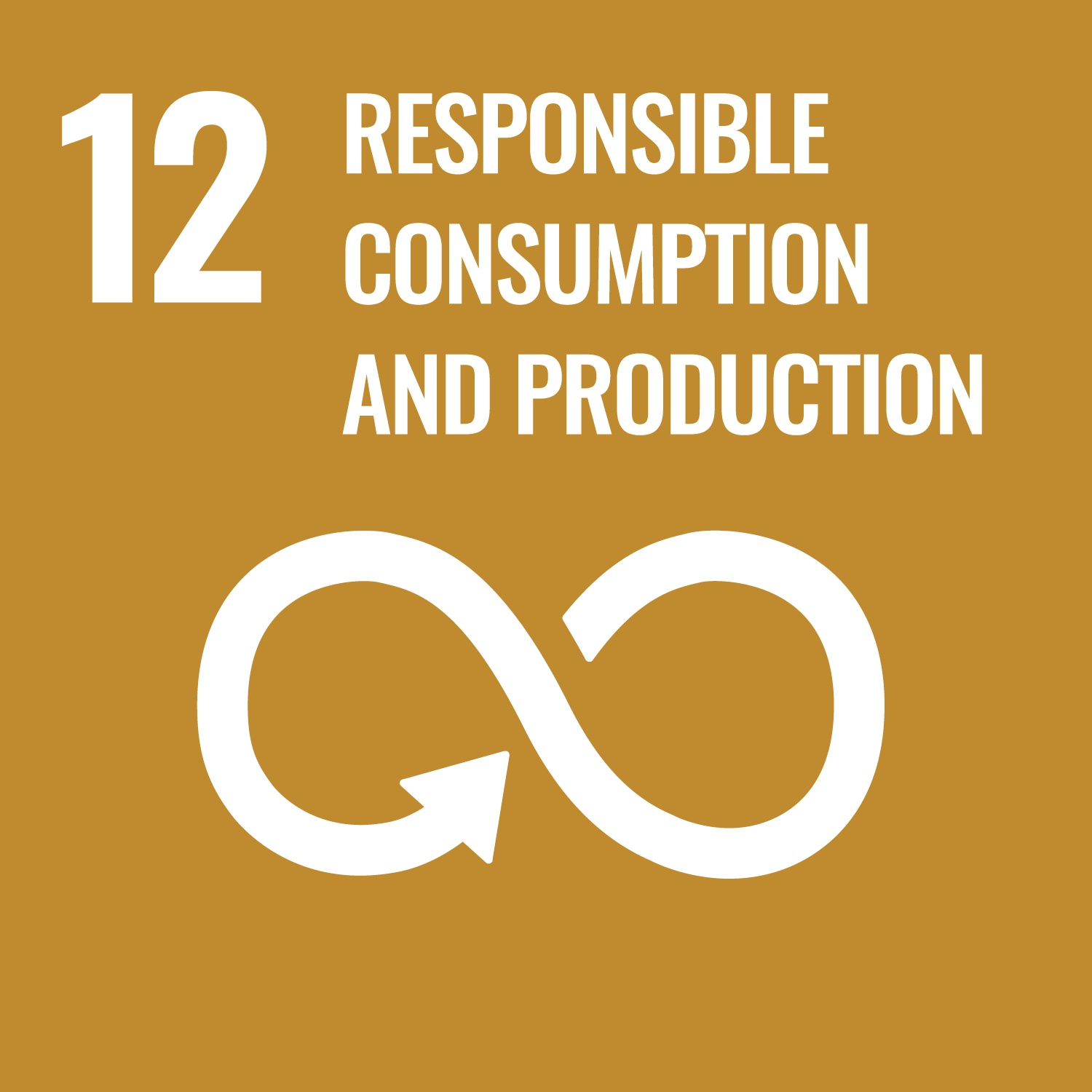
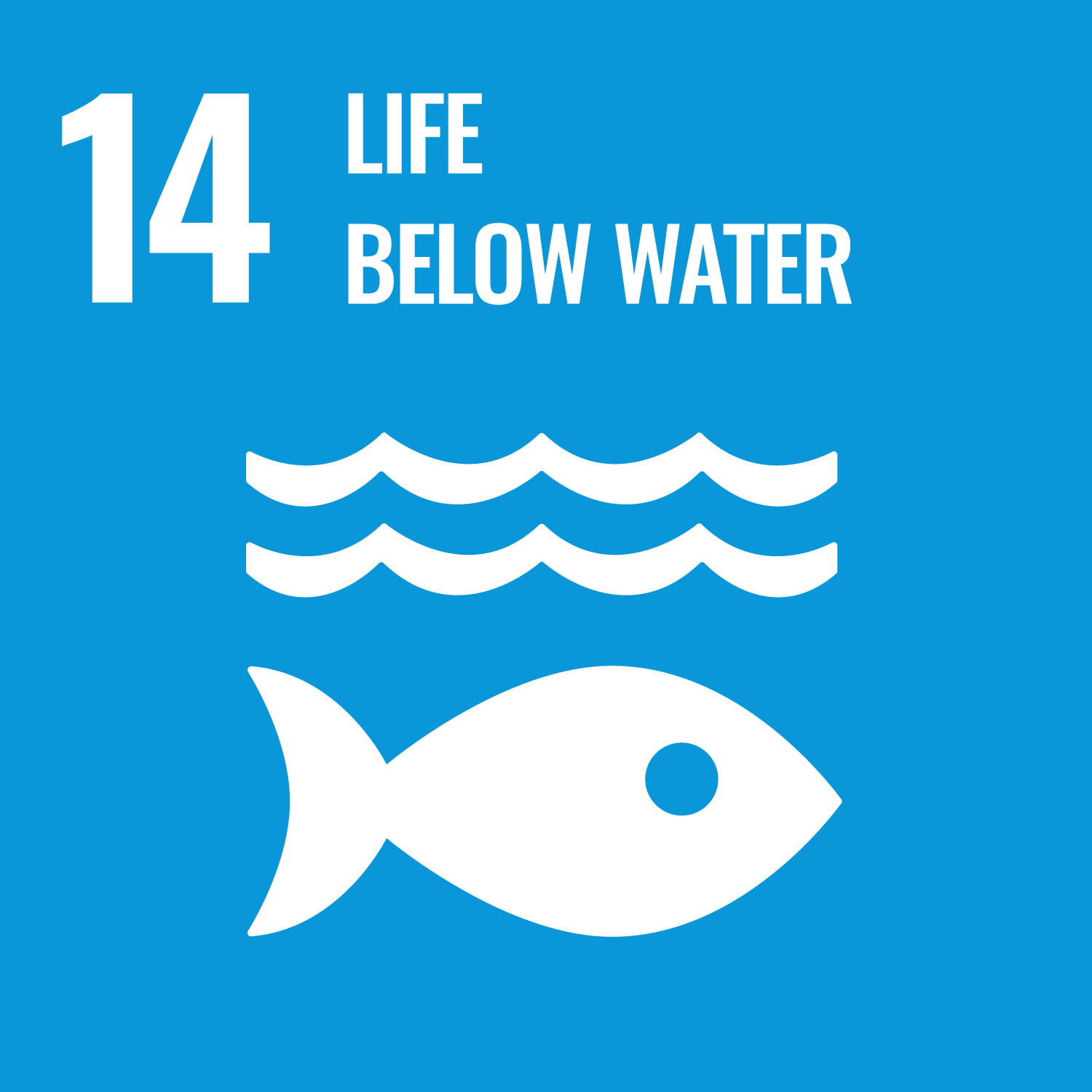
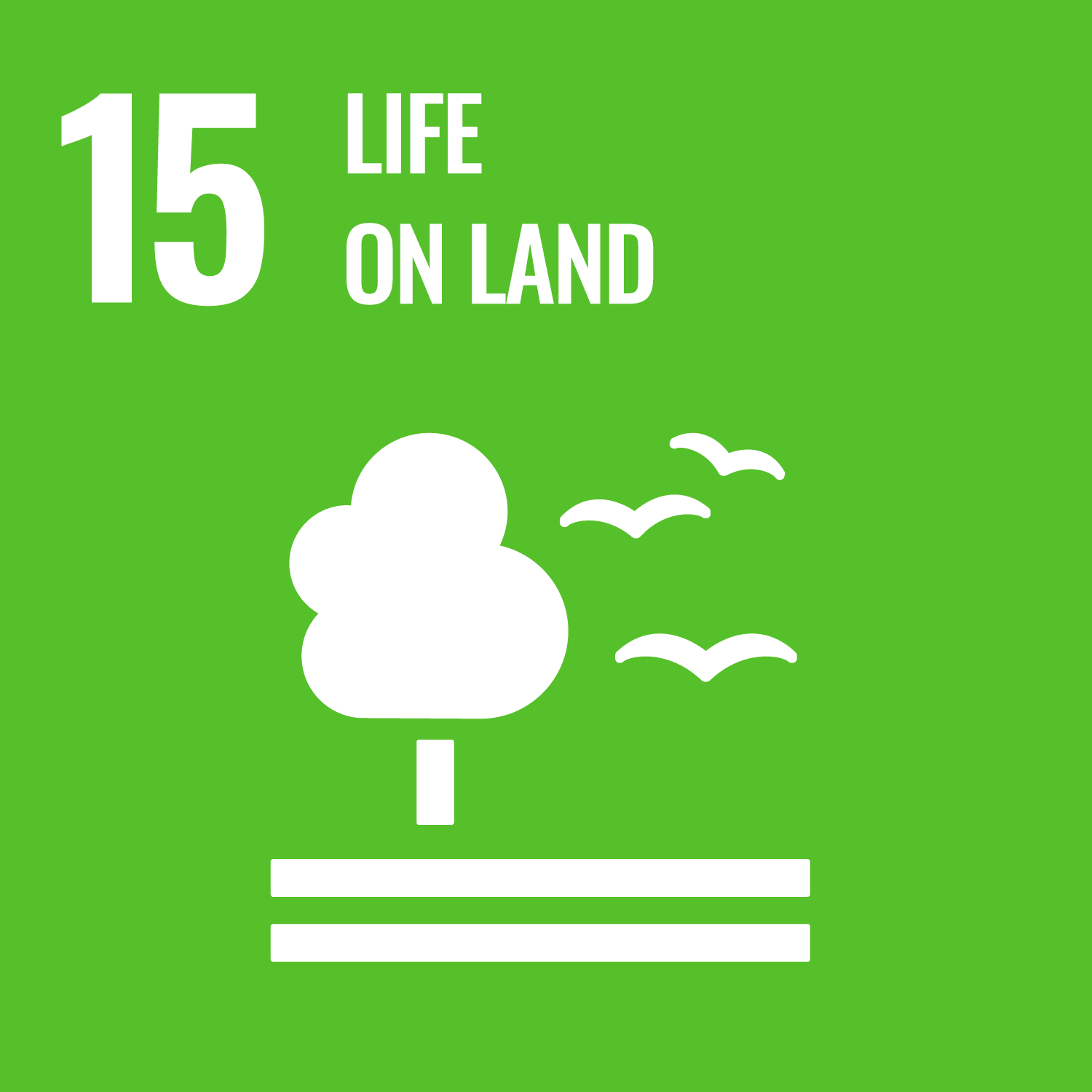
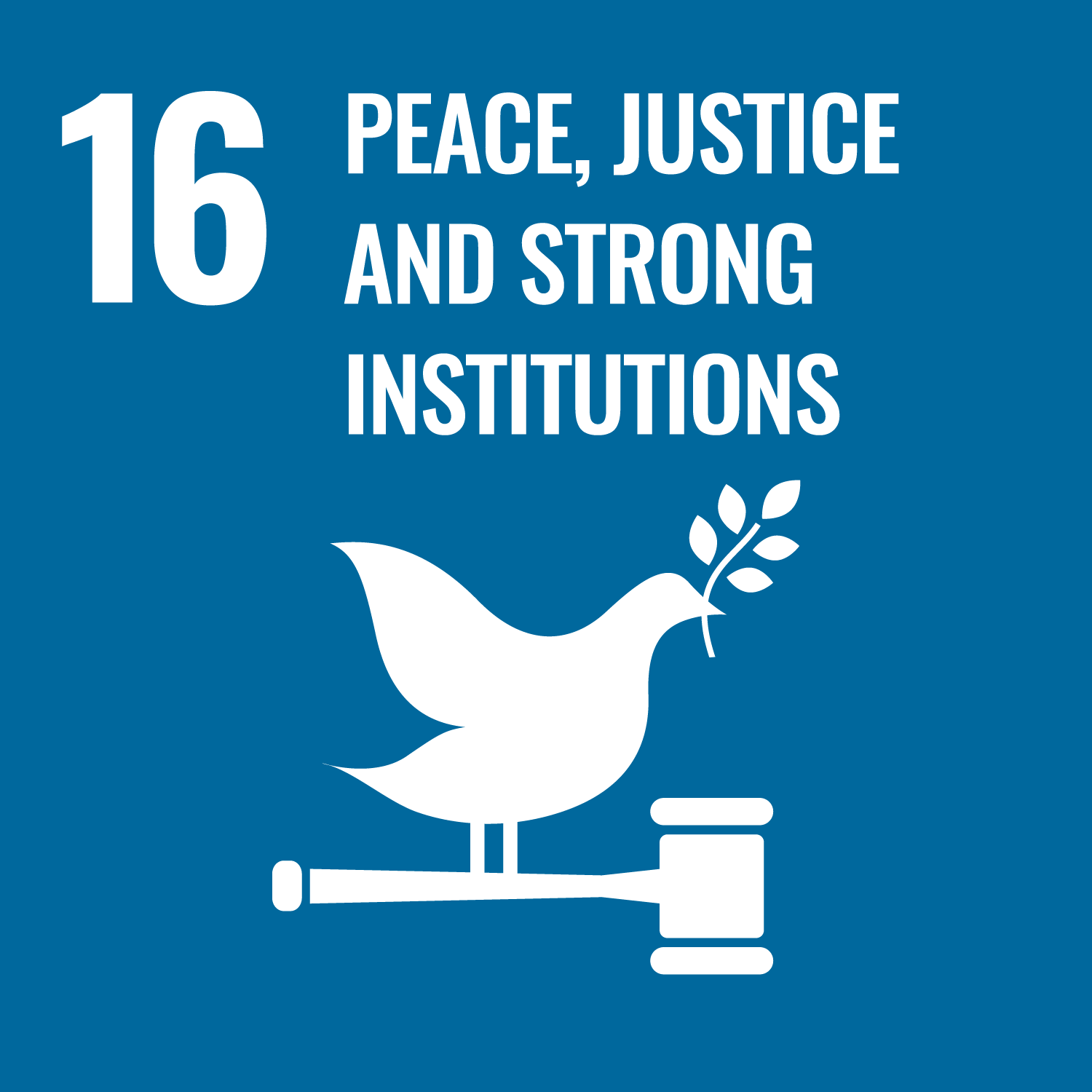
FILTER BY INTERACTION
INFORMATION
to see more information about it
DOWNLOAD
Sustainable Development Goals (SDGs)
The Sustainable Development Goals (SDGs) were launched by the United Nations (UN) in 2015. They are made up of 17 goals which promote peace and prosperity for all people, protection of the planet, and partnerships to achieve these aims. The goals consist of a total of 169 targets, all of which are designed to be achieved across the globe by 2030. Each target has 1-3 indicators to enable progress to be tracked.
SDGs in Galápagos
In 2018, Galápagos was formally selected by the Government of Ecuador as the first province to work towards achieving the SDGs. Shortly afterwards, a participatory project was run by Fundación Futuro Latinoamericano, Grupo Faro and Fundación Un Cambio por la Vida (FUNCAVID), in collaboration with the Governing Council of the Galápagos Special Regime (CGREG). In this, multiple stakeholders analysed the 17 SDGs in the context of Galápagos and identified priority goals, with topics including education, clean water and conservation. Separately, in early 2021, the Galápagos 2030 Plan was approved, detailing a development plan for the islands, with a focus on sustainable development, environmental stewardship, and well-being.
Prioritisation of the 40 targets
In 2019, following the completion of the first stage of SDG prioritisation, CGREG, led at the time by Dr Norman Wray, requested the collaboration of the University of Cambridge in continuing the effort to steer Galápagos toward the 2030 Agenda. As one of the responses to this, King’s College University of Cambridge and FUNCAVID led a second prioritisation process in collaboration with CGREG in April 2021. The aim was to build upon both the previous work and the Galápagos 2030 Plan, and to identify key starting points for work towards both. First, they identified a list of 100 SDG targets which were either featured in the previously selected goals or aligned with the objectives of the 2030 Plan. They then ran a workshop with stakeholders, decision-makers and NGOs, to prioritise and contextualise 40 of these targets. This involved two stages of ranking the targets, with participants divided into groups, along with discussions to edit the text of the targets for the context of Galápagos (see the Team tab for the list of participants).
Analysis of interactions
One of the main barriers to the achievement of the goals and targets is that they are all interlinked and can affect each other in different ways. To enable efficient achievement of the SDG Agenda as a whole, it is important to consider the interactions between the targets and the factors that determine these. A second workshop was therefore run to consider the interactions between all 40 targets. Working in groups, and allocated one target at a time, participants were asked to imagine how work towards their focal target would impact progress towards the other targets. For each pair of focal and response targets, they estimated the potential strength of the interaction, giving reasons as to why it might occur. Following the workshop, the team then used these inputs to create a consistent matrix of interactions, ranking each one as absent, weak, medium or strong (see Using this tool for more information).
Network creation
The resulting matrix was used to build the above network. It shows the 40 priority targets and provides data regarding the status of each in Galápagos. It enables targets with the most positive influence on the rest of the network to be identified, i.e., those that, if achieved, will most aid the progress of the others. It also shows where and how targets are linked, to indicate where initiatives working towards different targets may benefit from considering each other’s work and/or collaboration. Overall, this tool is aimed to help decision-makers and project leaders coordinate resources and efforts to achieve the 2030 SDG Agenda in Galápagos. See the tab “Using this tool” tab for further details.
Co-Galápagos
To support work towards these 40 targets, the team behind this tool launched a new initiative, Co-Galápagos. It works to promote collaboration, cooperation and coordination to achieve the 2030 SDG Agenda in Galápagos, and to increase opportunities and support for involvement of the local community. More information can be found at www.funcavid.org.
40 targets
This tool has been designed to enable navigation of the 40 priority SDG targets for Galapagos and the potential synergies between them. Each of the 40 targets is displayed as a node in the above network with their size and position dictated by their “priority score”. This score is based on both an original ranking of the target calculated in the workshops and the strength of the interactions it has with other targets. The targets with the highest scores are predicted to have the greatest influence on the rest of the network. The higher the score, the larger the size of the target node and the more centralised in the network it is. The highest score is 10, which has been allocated to target 16.5 – elimination of corruption and bribery.
Each target falls under a parent SDG and they can be filtered by these Goals using the legend. Not all Goals are featured in the legend as the 40 prioritised targets span only 14 of the 17 Goals. More information about the UN SDGs can be found here. Targets can be clicked on to bring up information about them, including their full title, priority score and indicators. These indicators enable measurement of the progress of each target and are set by the UN. Our team are working to collate information on the status of each indicator in Galapagos.
Interactions between targets
Clicking on a target also shows all of the anticipated interactions between it and other targets in the network. Interactions between targets can go in either direction, and not all targets interact. The interactions for each target can be filtered by their direction: outgoing – where the selected target has a potential impact on another target, or incoming – where another target has a potential impact on the selected target. Interactions are scored as weak, medium or strong. Weak means that achieving the first target creates conditions to indirectly enable the achievement of the second target. Medium means that achieving the first target contributes to some achievement of the second target. Strong means that achieving the first target directly causes the achievement of a significant part of the second target.
In the network, interactions can be filtered by their strength and direction using the legend. Individual interactions can also be clicked on, and the reasoning behind this interaction score is then provided. Both the scores and reasons were created through a combination of discussion by workshop participants and expert analysis. Targets can be moved around by clicking and dragging and the network visualisation can be downloaded at any point using the buttons above. For further detail on how to use this tool, please view the tutorial (you will find the button on the bottom right of your screen).
Uses of the tool
This tool enables understanding of the 40 targets and how they interact, allowing identification of the targets with the greatest influence on the rest of the network. It can help decision-makers and project leaders in directing research and resources to support progress toward these 40 targets and therefore the 2030 SDG Agenda as a whole. By demonstrating interactions between the targets, this tool also enables individuals and groups working towards different targets to understand how they might benefit from considering each other’s work and/or collaborating. Use of this tool can support researchers, the private sector, NGOs and public policy officials to plan priorities, design projects, justify efforts, raise funds and overall to make decisions to support the SDGs in Galapagos. The deliberate incorporation of targets that are aligned with the Galapagos 2030 Plan also makes this a powerful tool for supporting work towards the Plan as well as other political and research ambitions. Click for data and images analysing the links between the 40 targets and the Axes of the 2030 Plan, the 50 Top Questions and the Galapagos Recovery and Reorientation Report.
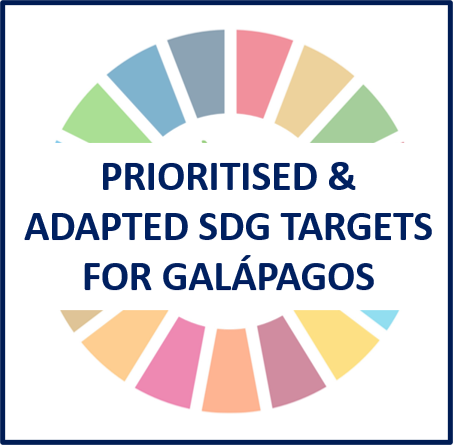
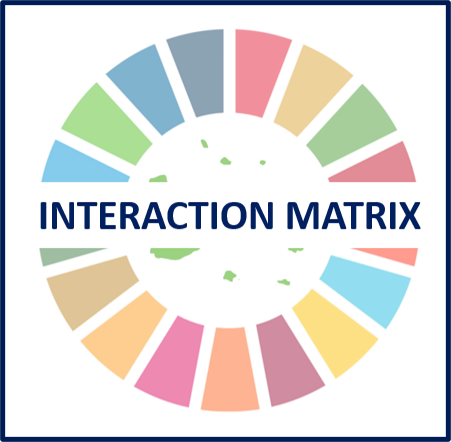
Lucia Norris
(Independent Consultant)
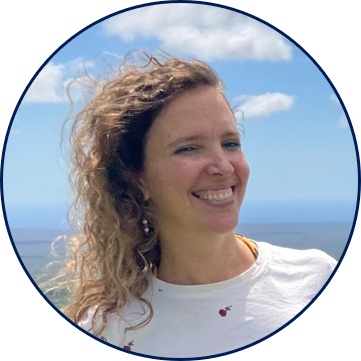
Dr. Johannes Klein
(Independent Software Developer)

Contact us on uncambioxlavida@gmail.com.
With thanks to the Governing Council of the Galápagos Special Regime, the Galápagos National Park Directorate and Galápagos Conservation Trust for their support with this project. We also thank Co-Galapagos interns Sebastián Pilla, Josy Franco and Pablo Llerena for their support, and the following organisations and groups for their participation and assistance. For a list of individual participants, please click .

